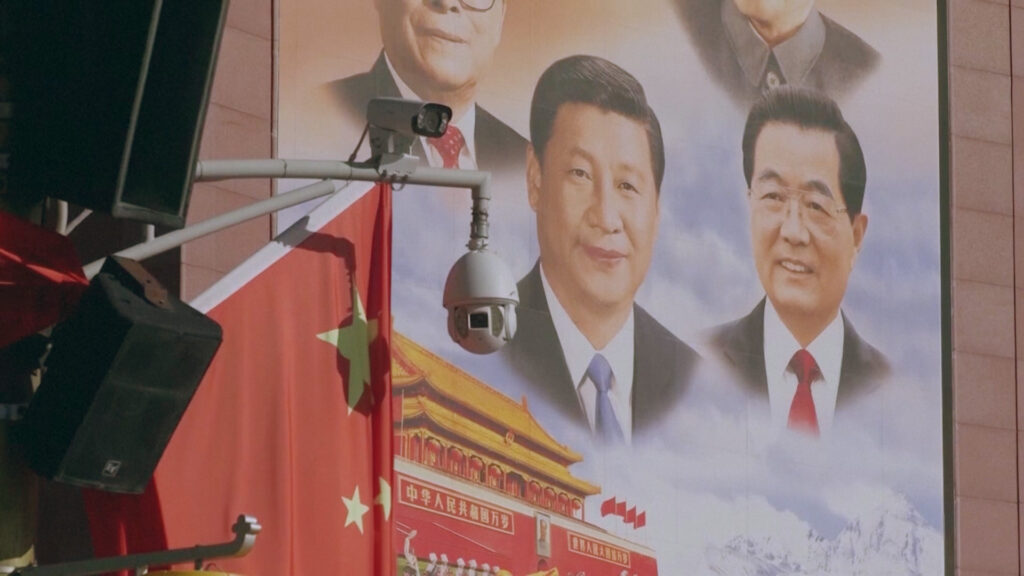Today’s ESG Updates
- China Drives Global Renewable Shift: China is leading the global clean energy push with affordable solar, wind, and battery technologies, while still being the largest consumer of coal.
- Africa’s Largest Hydroelectric Dam Launches: Ethiopia inaugurated the Grand Ethiopian Renaissance Dam, a $5 billion project producing 5,150 MW of electricity output.
- Development Banks Break Record with $137B Climate Investment: Multilateral development banks invested $137 billion in climate finance in 2024, allocating the majority of funds to green energy projects in developing nations.
- EU Struggles with High Energy Prices: A new report reveals that EU energy costs remain 40–70% above pre-crisis levels, threatening competitiveness and progress for the energy transition.
China dominates the renewable energy sector
According to a report by the global energy think tank Ember, China is leading the world in clean-energy industries and “creating the conditions for a decline in fossil fuel use.” The country has made strong efforts to sell solar panels, batteries, and wind turbines globally. Since 2010, the cost of these technologies has dropped significantly, between 60 percent and 90 percent. Due to this significant price decrease, poorer countries have been able to implement renewable energy systems. Richard Black, the report’s editor, said, “China is the engine, and it is changing the energy landscape not just domestically but in countries across the world.” Despite leading the world in renewable energy production, China remains the top user of fossil fuels, burning more coal than Europe and the U.S. combined. Companies committed to clean energy should look to ESG solutions for guidance.
***
Further reading: ‘China Is the Engine’ Driving Nations Away From Fossil Fuels, Report Says
Africa’s largest hydroelectric dam begins operations in Ethiopia

The Grand Ethiopian Renaissance Dam (GERD) was officially launched on Tuesday. Located on the Blue Nile in Ethiopia, the $5 billion dam is the largest hydroelectric dam in Africa. Construction of the dam began in 2011, and its first turbine was powered up in 2022. On Tuesday, it finally reached its maximum power output of 5,150 megawatts (MW). The dam will improve access to electricity across Ethiopia, while also providing irrigation for regions downstream. Egypt fears that the GERD will limit Egypt’s water supply, especially during periods of drought. Nevertheless, Ethiopia has argued that the dam will not negatively affect countries downstream. No major disruptions have been recorded since operations began in 2020.
***
Further reading: Ethiopia launches Africa’s largest hydroelectric dam
Klimado – Navigating climate complexity just got easier. Klimado offers a user-friendly platform for tracking local and global environmental shifts, making it an essential tool for climate-aware individuals and organizations.
Development banks provided $137 billion in climate finance in 2024


Multilateral development banks released a report Tuesday showing a record $137 billion in climate financing in 2024, 10% more than in 2023. As the world prepares for the COP30 talks in Brazil this November, investments have increased. Nancy Saich, the chief climate change expert at the European Investment Bank, said, “We hope that by showing that our finance is flowing, this encourages countries to come with ambitious national climate plans to the COP (because) overall, we’re not yet on track to a safe world, and a safe temperature.” The majority of these green investments, around $85.1 billion, went to poorer nations, with $58.8 billion being allocated to renewable energy and other climate change mitigation projects. Corporations focused on sustainable investing should use ESG tools to track their investments.
***
Further reading: Development banks’ climate finance hit record $137 billion in 2024
Lack of energy accessibility hinders EU’s energy transition progress


A new report by the Center for the Study of Democracy think tank claimed that Europeans are paying far more for their energy needs than they would in the U.S. or China. The analysis comes a year after the publication of a report by former European Central Bank chief Mario Draghi. The Draghi report found that expensive power and gas throughout the EU were hindering the region’s competitiveness. Martin Vladimirov, one of the authors of the new report, said, “A year after Draghi called for stronger EU energy markets, our data shows affordability risks remain high, with retail prices still 40–70 percent above pre-crisis levels in much of Central and Eastern Europe.” As the EU proceeds into the next phase of the energy transition, affordability is key in ensuring the bloc’s success.
***
Further reading: Despite Draghi, Europe’s energy price crisis has gone nowhere
Editor’s Note: The opinions expressed here by the authors are their own, not those of impakter.com — In the Cover Photo: Concentrated solar power in Dunhuang, Gansu, China Cover Photo Credit: ダモ リ


